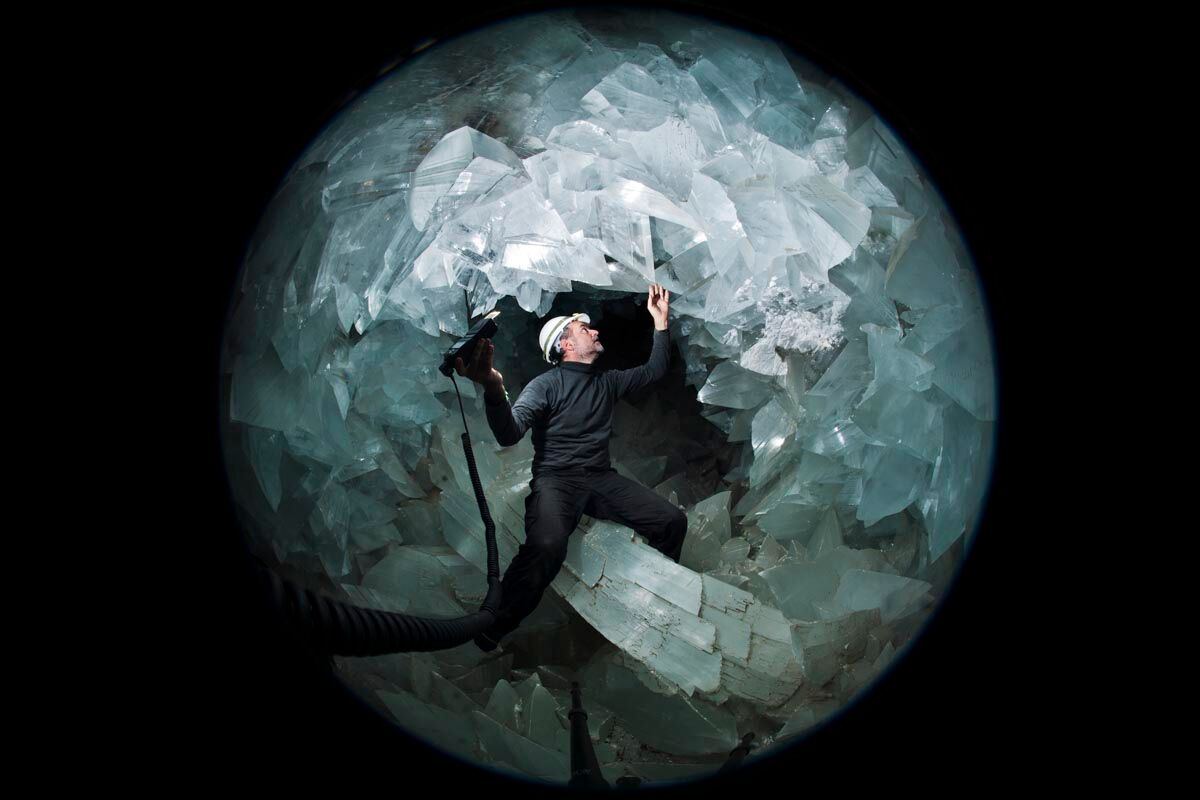When you purchase through links on our site , we may earn an affiliate commission . Here ’s how it works .
From the cramped conditions inside a school - passenger vehicle - sized metal tube at the bottom of the ocean , scientist Chris Finelli traded his scuba power train for a T - shirt and unfinished feet , ready to utter about his late foreign mission : monitoring sponges on Conch Reef , more than three miles off the seashore of Florida .
Sponges , bottom - dwelling filter - feeder , are one of two players locked in a silent conflict for supremacy that is taking post at these coral reefs and others across the world .

The Aquarius Reef Base, where Finelli and colleagues have lived for the last nine days.
Ascoral populations vanish — they ’re down by 90 per centum around Florida — other species are fighting for the newly freed up ocean existent estate . The two top contenders to take over are quick study and algae , and which one emerges victorious will have far - reach consequences for the species that make their homes in coral reefs and for the humankind that depend on them .
In the face of such serious issue topic , Finelli still worried he sounded a mo like Donald Duck , explain that at 50 feet ( 15 measure ) below the sea ’s open , the extreme pressure can make people fathom like they ’ve fellate in a collision of helium .
" You get used to take heed yourself in a funny vocalism when you ’re down here , " say the University of North Carolina Wilmington associate professor .

The Aquarius Reef Base, where Finelli and colleagues have lived for the last nine days.
Finelli , along with several UNCW grad pupil and technicians , has been living deeply under water for nine days now , aboard the Aquarius , the only seafloor laboratory and habitat in the humans . The National Oceanic and Atmospheric Administration ( NOAA ) owns the facility , which is operate by UNCW .
Ocean researchers canconduct much longer divesfrom the Aquarius than are potential from a boat , and UNCW has been read vantage of this since 1997 , when this sponge study first got under way .
The enquiry is partly focused on jumbo barrel sponges , which were recently revealed to be among the honest-to-goodness living organisms on the planet . The large of the species can acquire up to 20 invertebrate foot ( 6 meters ) across and live up to 2,000 old age .

Although the bbl sponges find on Conch Reef are n’t quite that enormous , all sponges play an important role in assert water quality . Sponges filter about 100 time their own bulk every time of day , clean the sea and moving nutrient through the ecosystem . They also allow for a habitation for creatures in a way of life that is more or less similar to coral reefs .
alga and seaweed do n’t do any of those thing though , said Joseph Pawlik , a UNCW professor , speaking from his office . If these plant win the ocean - bottom warfare , it could destruct valuable habitat .
" If you ca n’t have corals , better that you should have sponges , rather than macroalgae , " Pawlik said . And right now it look like sponge in the area are winning out over alga and seaweed , he read . Over the last six year , he add together , Florida has see drum sponges increase by 40 pct .

Finelli ’s findings seem to support this increase . The team discovered a huge telephone number of unseasoned sponges within the 50 - animal foot ( 16 - metre ) -diameter discipline area , something Finelli said was a overnice surprisal .
However , despite the pronounced gain in infant sponges the team found , Pawlik said , it ’s not clear whether the total amount of leech biomass is increasing or decreasing .
" The interesting thing is we ’ve also seen diseases take out some of the largest individuals on the Witwatersrand , " Pawlik said , so whether or not the bluff amount of sponge tissue in the oceans is increase is n’t jazz .

Finelli and his team will began the 16 - hour decompression process on Wendesday of this hebdomad , and will swim to the surface on Thursday . After spending nine hours each day on dives , the squad will need time for their lung to conform to life back on dry land .















